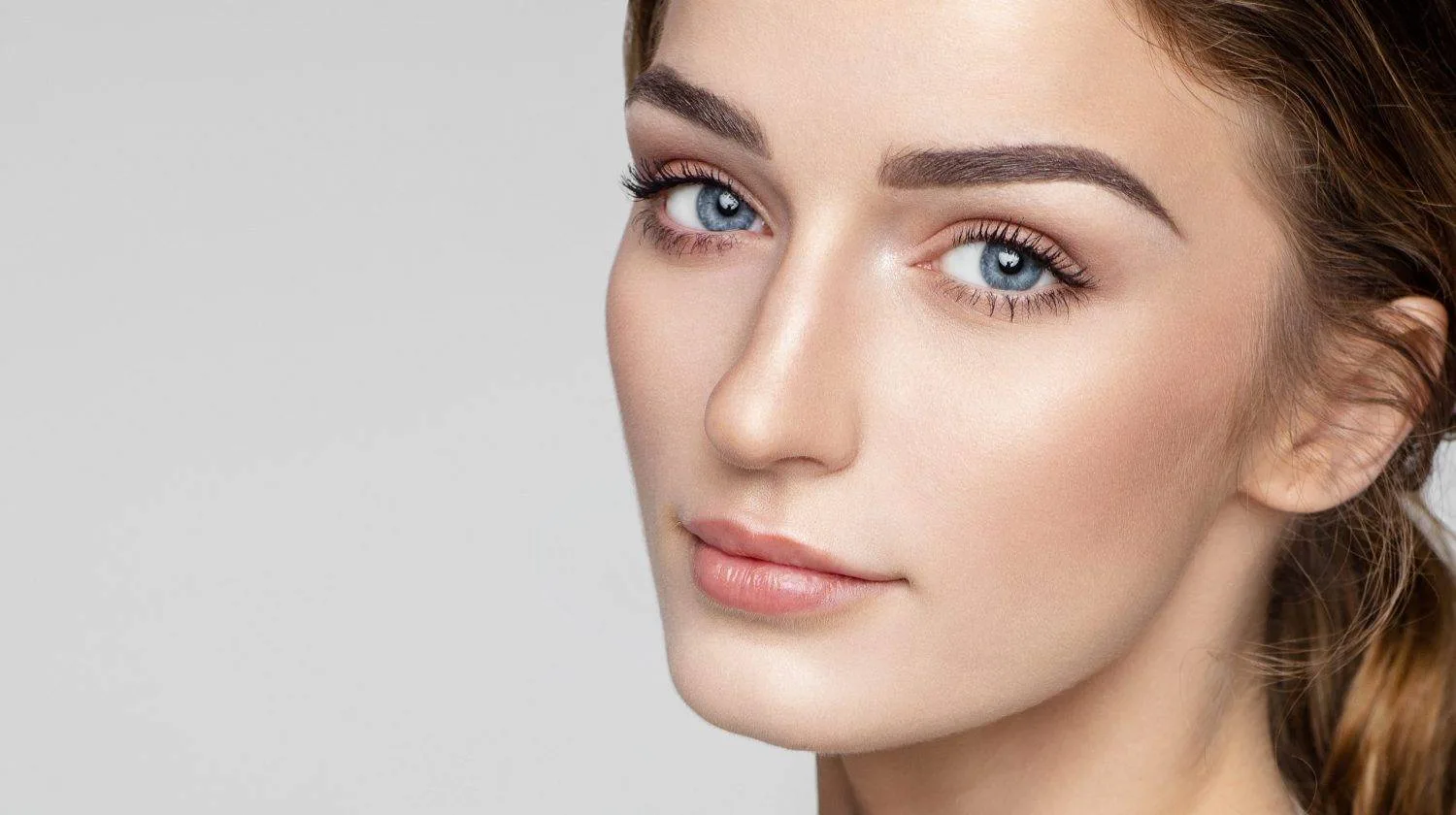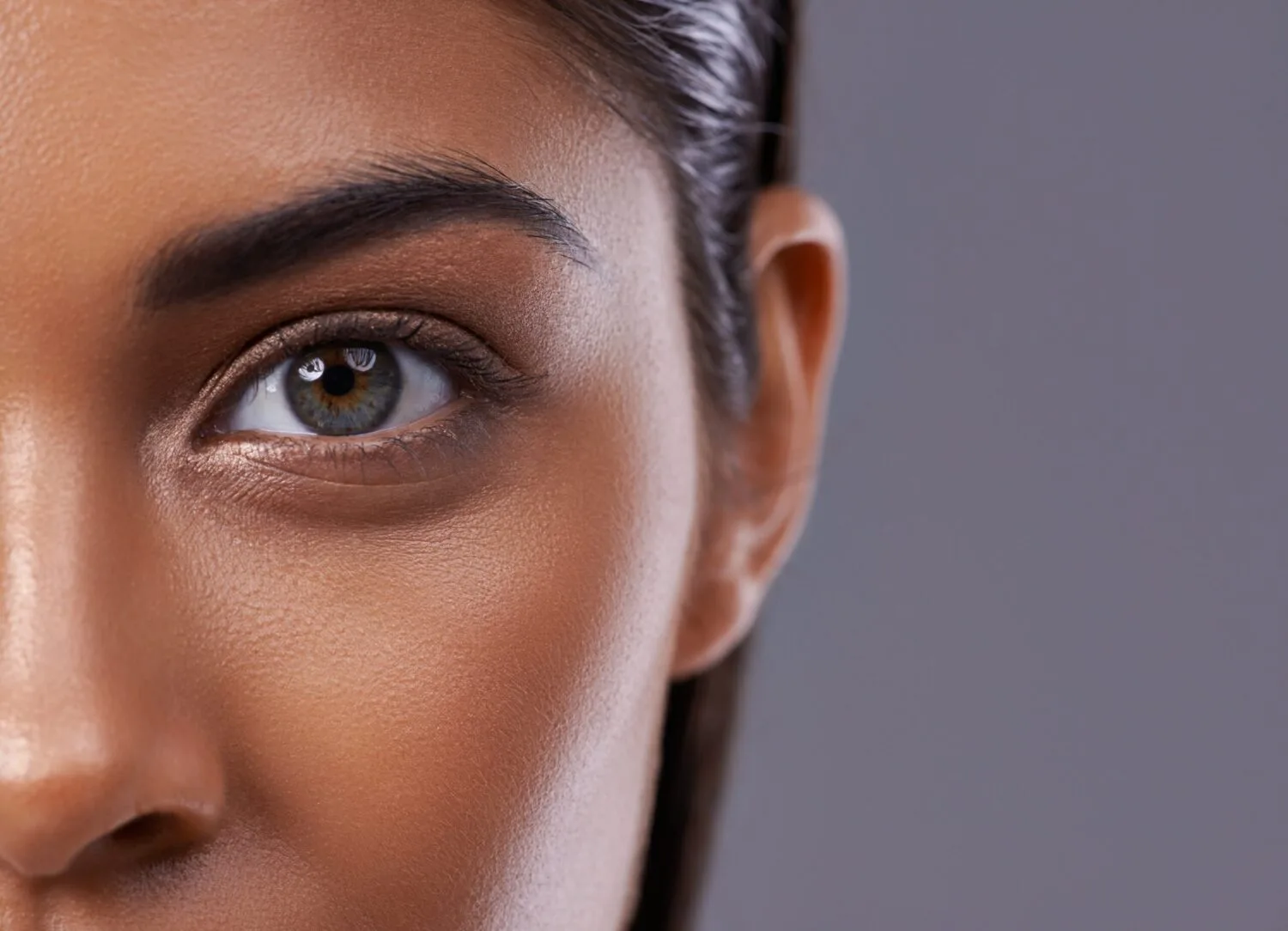After acne breakouts, the body naturally produces collagen to restore the skin – this can produce different types of scars depending on the amount of collagen produced. Fotona laser scar removal and Morpheus8 microneedling are excellent treatments for acne scarring, but many patients struggle to identify which one will suit the type and severity of their scarring.
This blog will compare the differences and similarities between laser scar removal and microneedling in detail, helping to give you a clearer picture of which is most appropriate for your acne scars.
At the CREO Clinic, our patients receive personalised treatment from a doctor-led aesthetic team that is skilled in effectively treating acne scarring using both methods. From the first consultation, we evaluate your individual needs and craft a bespoke plan for acne scar removal, always prioritising safety and ensuring high quality results.
Book a consultation today and find out how we can improve your acne scars with our aesthetic treatments.
Laser Treatments for Acne Scars
Overview of Laser Treatment for Acne Scars
The laser scar removal method at the CREO Clinic harnesses the power of two separate wavelength lasers, combining Er:YAG and Nd:YAG modalities to reduce acne scarring.
The non-ablative Nd:YAG laser delivers heat to the deeper layers of skin, helping promote collagen production to improve overall skin quality. This also targets and shrinks sebaceous glands to help reduce the possibility of developing new acne.
The Er:YAG laser focuses more on resurfacing the skin and vaporising scar tissue to help fresh, undamaged skin develop. The new, healthier skin at the surface improves skin texture and reduces visible scarring.
How Laser Procedures Improve Acne Scars
The resurfacing laser (Er:YAG) treatment takes away the top layers of your acne scar tissue to help healthy skin cells grow, whereas the non-ablative laser (Nd:YAG) treatment stimulates collagen production and helps to smooth over the surface of the skin over the long term.
After laser procedures, many patients notice instant improvements to the texture of their skin and its overall appearance, but the effects of fresh collagen production will take time to show their final results – usually a few months after the treatment.
Types of Laser Treatments
At the CREO Clinic we use the Fotona Dynamis dual wavelength laser to treat acne scarring using both Er:YAG and Nd:YAG laser modalities as well as Fotona’s Variable Square Pulse (VSP) technology – this helps deliver thermal energy consistently and evenly.
Other clinics may prefer to use CO2 lasers to treat acne scarring, but we prefer the combination of Er:YAG and Nd:YAG lasers as they:
- Are highly precise due to strong water absorption
- Can penetrate the deeper dermal layers
- Are more versatile and adaptable to skin types (with less risk of pigmentation change)
- Require a shorter recovery
Expected Outcomes of Treating Acne Scars with Lasers
Patients who undergo laser scar removal for acne scars can expect an improvement in the appearance of their scarring, progressively improving over time as increased collagen production enhances the texture of the skin. Multiple sessions may be needed to achieve optimum results, but the effect on acne scars can be transformative.
Recovery & Aftercare for Laser Treatments
You can return to work and your daily routine immediately after your laser treatment. The full recovery period for your treatment area in an acne scar reduction will be between 5-7 days, provided your scars are atrophic. Hypertrophic scars may take between 1-2 weeks to recover.
In the 24 hours post treatment, you should keep the treatment area covered and apply aquaphor twice daily – clean your hands before you do this. Aside from this, abstain from touching the treatment area or applying any makeup to it for at least 24 hours as this will help prevent infection. Avoid excessive heat or exercise for the first 48 hours to keep swelling to a minimum.
Oral antivirals or antibiotic creams may be used depending on the patient.
Microneedling for Acne Scars
What is Microneedling?
Morpheus8 uses fine needles to penetrate the skin and create micro-injuries that help stimulate the production of collagen and improve the quality and appearance of the skin. Morpheus8 also applies radiofrequency energy via adjustable depth needles to help further promote elastin and collagen production.
How Microneedling Can Improve Acne Scars
To diminish the overall appearance of acne scars, Morpheus8 delivers radiofrequency energy to increase collagen and elastin production – this fresh production improves skin texture at the site of acne scarring. It can be used effectively for milder instances of acne scars.
Microneedling Procedure & Expected Outcomes
Your aethetic Doctor will first administer local anaesthetic between 60-90 minutes before applying Morpheus8 to ensure any pain is minimised. The needles are then gently pushed under the skin in the target areas to create micro-injuries and deliver radio frequency energy.
In general, multiple sessions of micro needling will be necessary to improve the appearance of acne scarring. Usually the sessions are spaced out by 4-6 weeks – after a few sessions, improvements to scar tissue should become noticeable.
Recovery & Aftercare for Microneedling
After Morpheus8 micro needling, patients can expect some swelling and tenderness at the treatment sites and a downtime of around 24-48 hours. Downtime can last between 3-5 days for facial treatments that require deeper penetration of the needles.
Avoid wearing make up for 2-3 days – this will allow the skin to heal optimally. Wear high SPF (50+) sun cream after your treatment to protect the newly developed skin. For the first 48 hours you should avoid touching the treatment area to prevent infection.
Comparing the effectiveness of Microneedling vs Laser Therapy for Acne Scars
Type & Severity of Acne Scars
Microneedling is effective at treating mild to moderate acne scars – particularly rolling or boxcar scars. Er:YAG and Nd:YAG lasers can target superficial and deeper scar tissue which gives it the ability to improve a greater range of scar types and severities, including rolling scars, boxcar scars or ice pick scars that sit deeper under the skin.
Cost Comparisons
At the CREO Clinic, the cost of Morpheus8 needling begins from £900 for one session. Multiple sessions – spaced apart by 4-6 weeks to allow the treatment to take effect – are likely to be necessary to see significant improvements to acne scarring.
On the other hand, our laser acne scar removal begins from £550 for small areas of scarring, £1,950 for the full face and £2,950 for the face and neck.
Each treatment will be bespoke to your needs, which means a full cost breakdown will only be available after your initial consultation.
Possible Side Effects of Either Treatment
Common side-effects from microneedling are swelling, bruising and redness at the treatment sites immediately after the treatment. Hyperpigmentation is possible, but microneedling is less likely to cause hyperpigmentation in people with darker skin tones than laser scar removal.
For Fotona laser scar removal, the most common side effects are a degree of itching, swelling and redness at the treatment sites, as well as some skin peeling as you heal.
How to Choose Which Treatment is Best for You
Both Morpheus8 and laser scar therapy can help improve acne scarring, and which one you choose is likely to depend on the types of scars you have, their severity and your skin type. Which treatment you choose is a decision that should only be made after receiving the assessment of a qualified professional.
Speak to an experienced aesthetic doctor to get a clear picture of how best to treat your acne scarring.
Combining Microneedling & Laser Therapy to Treat Acne Scars
It is possible to combine the effects of Morpheus8 with Fotona’s Nd:YAG and Er:YAG laser therapy – the microneedling helps to stimulate collagen and produce fresh, healthy skin, while the Nd:YAG laser goes deeper to treat deep-seated scars and hyperpigmentation. Finally, the Er:YAG laser works to resurface the skin and smooth out textural issues.
Laser therapy is typically a stronger, more comprehensive treatment for acne scarring, but micro needling can be an excellent complement.
Microneedling vs Laser for Acne Scars FAQs
Is Laser More Effective Than Microneedling?
Both Morpheus8 and Fotona lasers can also be effective when used for facial skin rejuvenation.
Can Microneedling Completely Get Rid of Acne Scars?
Can Acne Come Back After Microneedling?
In addition, we can use Fotona’s TwinLight protocol to simultaneously treat active acne and acne scarring should you experience further breakouts.
Can Acne Scars Come Back After Laser Treatment?
We therefore recommend treating further outbreaks of acne with Twin Light to manage scarring.







